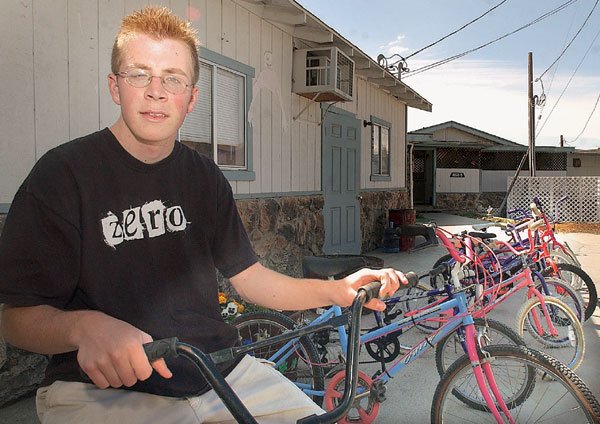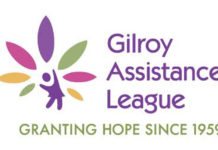4-H started in 1902 with only three H’s, standing for head,
heart and hands, depicted on a three-leaf clover.
But as the club grew, it needed another H, so club members added
one to stand for health, and gave their emblem another leaf.
The club is still adapting to needs, changing its mission with
the changing times.
4-H started in 1902 with only three H’s, standing for head, heart and hands, depicted on a three-leaf clover.
But as the club grew, it needed another H, so club members added one to stand for health, and gave their emblem another leaf.
The club is still adapting to needs, changing its mission with the changing times.
It began as a club based mostly in agriculture and has developed into one that covers a variety of topics. While it retains its agricultural roots, the club has added such projects as astronomy, photography and scrapbooking, as well as leadership conferences and other activities.
But the club’s main purpose, teaching life skills such as leadership, friendship and responsibility, is a thread running through its history. Club members learn these qualities in a number of ways.
“A lot that you learn is responsibility, especially if you have an animal because you have to take care of it, feed it, make sure it has water at all times and a place to go at night,” said Haley Sellers, an almost-12-year-old who attends Martin Murphy Middle School and belongs to the San Martin 4-H club.
Haley started at the club last year and was involved in the goat project, after she and her parents moved down to Morgan Hill from Santa Clara. She credits the club with helping her get to know more people.
“I used to be really shy, and I didn’t talk to people that I didn’t know very well, and 4-H helps you with those kinds of skills,” Haley said. “I made announcements for the goat project at the (4-H) general meeting. At first I hated doing that. I didn’t like going up in front of all those people and talking. But it got easier.”
Craig Lanning, a San Benito High School 16-year-old, has spent the past nine years in the club. His project for the past year was to refurbish bicycles, which he then donated to Chamberlain’s Children’s Center. He also says the club has helped him learn skills that he’ll use outside 4-H projects.
“I learned responsibility, how to organize stuff,” said Craig, who recently returned from a leadership conference in Riverside. Craig, who belongs to the Santa Ana 4-H club is also an All-Star, one of the club members who organizes all 4-H events, such as pancake breakfasts and the club’s Christmas party.
Craig is one of about 260 members in San Benito County’s nine 4-H clubs. Those members, between kindergarten-age and 19 years old, are learning citizenship skills as well as leadership and responsibility, said Pat Johns, San Benito County director and 4-H youth development adviser.
“It’s giving back to their community,” she said. “It’s getting involved in possibly the political process. We have tours to Washington, D.C. and Sacramento to learn about how the political process works.”
Russell Lash is one of the community leaders for the San Martin 4-H, one of 13 4-H clubs in Santa Clara County. The San Martin club is the second-largest in the county and one of the oldest, at more than 50 years.
Lash said leadership, communication and project management are some of the skills that 4-H members can take into the business world with them once they leave the club.
“There are a lot of high-level executives and CEOs in Silicon Valley that are former 4-H-ers,” he said.
But not all people leave the club. While it is for children, it relies heavily on adult volunteers, many of them former 4-H-ers themselves, to pass on their knowledge to the new generation of club members.
Others, like Haley’s mom and dad, are parents who impart information from their field of expertise or provide organizational support for the club.
The clubs do need money, and lately, clubs in both San Benito and Santa Clara counties have faced financial uncertainty. So raising money to keep the clubs, administered by each county’s University of California Cooperative Extension, has been something they’re working on.
In San Benito County, one member is raising a hog and plans to donate proceeds from its sale to keep 4-H going. The county is also having a Kiss-the-Pig fundraiser, in which community members can pay to vote for whom they would like to see have to kiss a pig. The winner has to kiss the pig at the San Benito County fair on Oct. 2.















